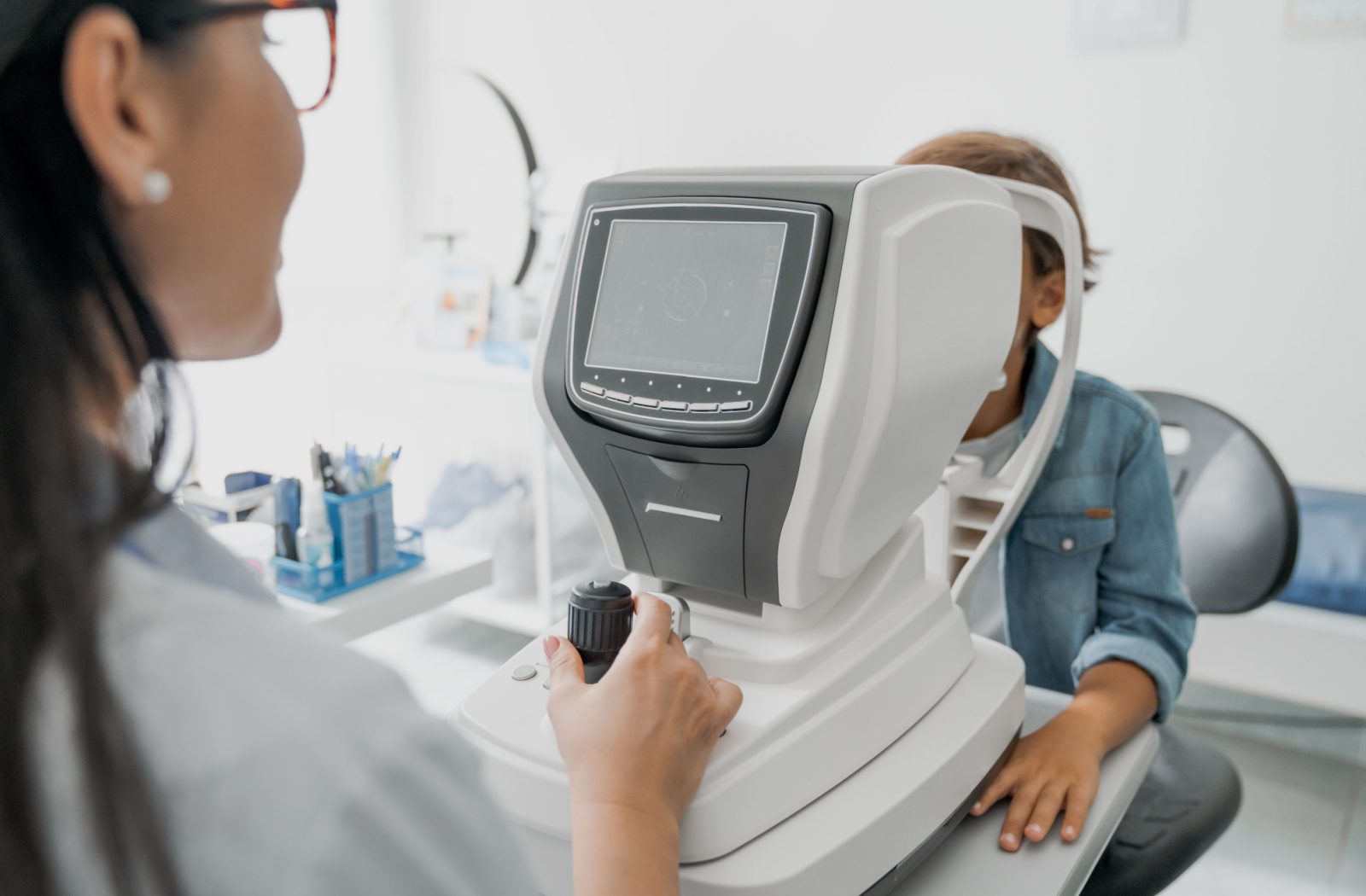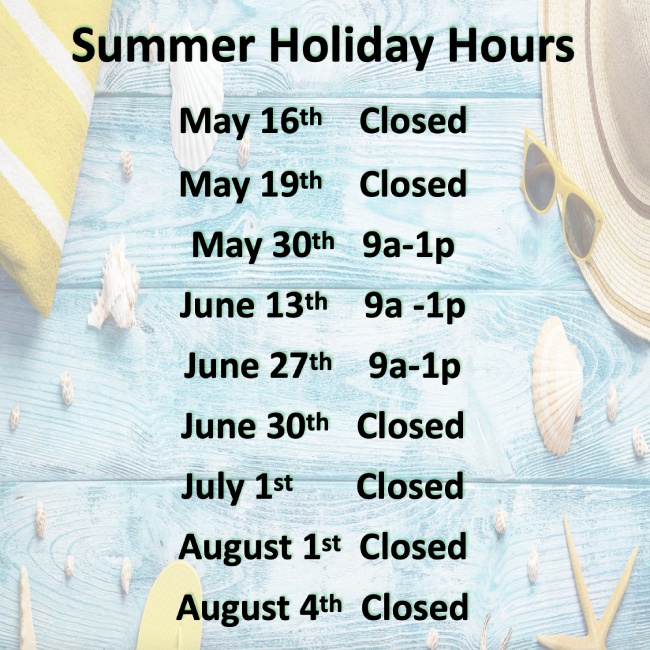When it comes to managing myopia, many options are available, like prescription eyeglasses or contact lenses. But there are also more specialized options designed to help manage and monitor myopia’s progression to help slow it down.
Some myopia management options include using MiSight contacts, Essilor Stellest lenses, and the Topcon MYAH instrument. These three choices can help manage and monitor myopia in their unique ways to help slow the condition’s progression. Glasses Lenses in Orangeville | Headwaters Optometry
It’s essential to take your child in for regular eye exams so your eye doctor can help address their myopia and build a treatment plan to help give them clearer vision.
What Is Myopia Management?
Myopia, also known as nearsightedness, is a common optical condition affecting millions of Canadians, occurring when the eye grows to be too long. This condition typically develops in early childhood and progresses as you age, usually stabilizing and settling by late adolescence or early adulthood. Myopia is best characterized by objects far away appearing blurry or fuzzy.
Due to the progressive nature of this condition—meaning once it begins to develop, it will continue to get worse—it can lead to difficulty seeing clearly and long-term vision problems. This has led to the rise of a field known as “myopia management,” which refers to various individual strategies and interventions to slow the condition’s progression.
By addressing the causes of myopia and how it progresses, optometrists and eyecare professionals can intervene in the early stages of myopia’s development. This can help lower your child’s risk of developing other eye conditions and keep your child’s vision clearer.
There are 3 common strategies used to help prevent myopia from progressing:
Each of these options takes a unique approach to managing myopia, and more is being learned every day about this condition, so effective approaches can be developed to slow its progression.
MiSight Contact Lenses
MiSight contact lenses are specifically designed for myopia control in children. These lenses can reduce the rate of myopic progression by almost 59% due to how they refract light and alter how your retina receives rays. Through the use of a special multi-focus design with different zones, MiSight lenses aim to slow myopic progression while still offering vision correction for your child through a special multi-focus design with different zones. They use:
- Corrective zones operate as a standard contact lens, offering clarity for close-up and faraway objects. This allows your child to see clearly while wearing the lens.
- Myopic defocus zones cause something in your eye called “myopic defocus.” Researchers have found that the retina’s periphery plays a heavy part in the eye’s growth. By lowering the signals sent to and from your brain about your peripheral vision, myopic defocus causes your eye to slow its growth. This can lead to clearer vision and slow myopic growth.
The lenses are softer, making them more comfortable and easier to wear than many other contacts on the market. They’re also disposable, significantly reducing cross-contamination and infection risk.
Since these lenses are primarily used for children, being disposable also means that you and your child don’t have to worry about cleaning the lenses or following any advanced care routines to maintain cleanliness.
Essilor Stellest Lenses
Stellest lenses, made by Essilor, are innovative eyeglass lenses designed to address myopia to control and slow its progression. Their key feature is a wavefront-based design that allows the lenses to suit your eye, which addresses each imperfection of your eye to allow light to refract properly towards your retina.
The lenses are custom-designed to suit your child’s eye needs and can provide optimal clarity while addressing their myopia progression. They use special optical zones similar to those of the MiSight contacts, where they intentionally change how light reaches the peripheral regions of your retina to force defocusing. This can help slow the elongation of the eyeball and reduce myopic progression by almost 67%.
These lenses provide optimal results if your child follows their optometrist’s recommendations and wears them throughout the whole day. Simply put: the longer they’re worn, the more likely they are to help slow down your child’s myopia progression.

Topcon MYAH Instrument
The Topcon MYAH instrument for myopia management utilizes a different approach to this optical condition. Rather than being a lens, this is a specially-designed instrument your optometrist can use to monitor how your child’s myopia progresses so the changes can be noted and addressed. This instrument, typically used by optometrists, is an advanced diagnostic device for comprehensive eye exams.
It uses state-of-the-art technology to monitor myopic change and growth and allows the doctor to measure exact levels of change with your child’s:
- Corneal shape
- Axial length (length of the eyeball)
By finding this information, your doctor has more precise measurements to help treat your child’s myopia. It allows them to gather the information required to determine the best approach to handling myopia. It can even be used for evaluating and fitting contact lenses, which can help your child see clearer.
This instrument doesn’t have its own reduction rate, as it doesn’t operate for vision correction—your optometrist can use the information from this instrument to determine your child’s myopic progression rate and an appropriate way to treat it.
Myopia Control in Orangeville
There are many ways myopia can be treated. But with the rise of new technology and more being learned about eye conditions every day, it’s possible to slow how myopia progresses in children, minimizing its effect on their life in the long term. Taking your child in for regular eye exams is essential so their myopic progression can be monitored and treated.
To receive help for your child’s myopia or to learn more about myopia management, schedule an appointment with us at Headwaters Optometry today, and take the first step toward your child’s clearer vision.




